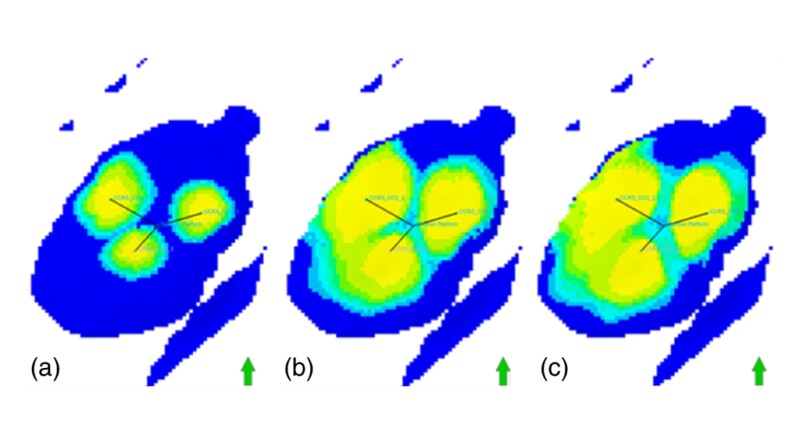Carbon dioxide (CO2) sequestration in depleted carbonate reservoirs requires the incorporation of comprehensive and innovative monitoring technologies. 4D time-lapse seismic is necessary for monitoring, measurement, and verification (MMV) planning to demonstrate the migration of CO2 plumes within geological storage. An adaptive, site-specific MMV plan for monitoring CO2 plumes is critical to minimize possible subsurface and project-integrity risks. In the complete paper, the authors explore the migration of CO2 plumes within depleted carbonate reservoirs and the expected effects of CO2 saturation and pressure buildups during injection on time-lapse 4D seismic for conformance monitoring.
Integrated Reservoir Dynamic Simulation
In the current study, a depleted carbonate reservoir gas field was identified for near-future CO2 sequestration offshore Sarawak.


